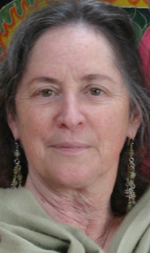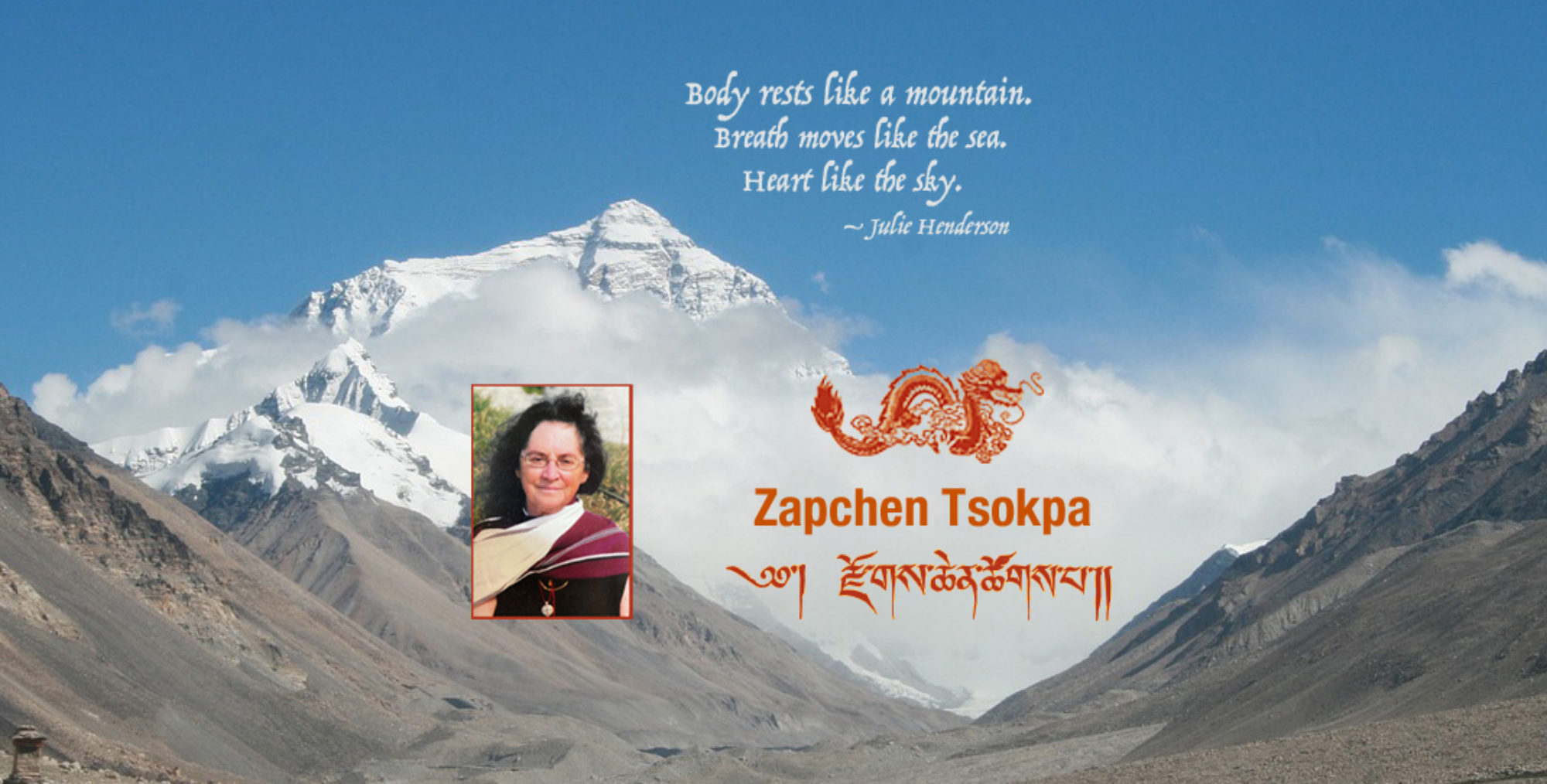Julie Henderson was born in Dallas, Texas (USA), in 1941. Her family on both sides has produced a fine mix of artists and scientists for several generations. Her father was an actor and engineer; her mother, an actress, college professor, and somatic psychotherapist. Julie says playfully that she feels this left her no option but to find a way of making a living that combined gnosis and scientia, direct knowing and analysis, art and science.

As early influences, she cites her parents’ complete confidence in her capacity to learn anything she put her mind to, including chemistry, horseback riding, belly-dancing, and cooking. This was followed in her college years by a voracious investigation of a number of sciences, theater, languages, and various psychotherapies. Ultimately, she settled on an interest in being happy.
In the West, her most influential teachers in this area have been Milton H. Erickson, M.D. (indirect communication and altered states), George Thomson, Ph.D. (redecision therapy and the real possibility of change), Richard Bell (networking and lateral shifts), Tony Richardson, M.D. (medical somatics), and Kathy L. Kain (the premise of form as aware), and Robyn Lee Speyer (clarity and courage within an understanding of psychodynamics).
From 1975, the influence of her Tibetan teachers has been all-pervasive, though often non-obvious to the point of being apparently invisible. They have taught her through one-on-one instruction, transmission, and the learning through appropriate situational provocation that the Tibetans call nyongtri. Their teachings have transformed the meaning of everything else she has learned. Her main “root” teachers are Kundun Gyalwang Drukpa, the Vairocana Tulku, Chagdud Tulku, and Gyalsay Tulku. Her lineage is Ka-Nying.
She calls what she teaches Zapchen (at the suggestion of Gyalsay Tulku Rinpoche), from a highly ambiguous Tibetan word that allows for the positive impact of startling behavior. Her work includes mind-training, energetics, bodywork, and story-telling, like Erickson and her Tibetan teachers. The form of teaching is indirect and non-obvious. All subjects of instruction are subsumed in a direct movement towards primary well-being, which includes clarity, compassion and potency.
Julie warns against making any assumptions about what she does before you have a personal experience of it.
She lives in the countryside near Napa, California.

